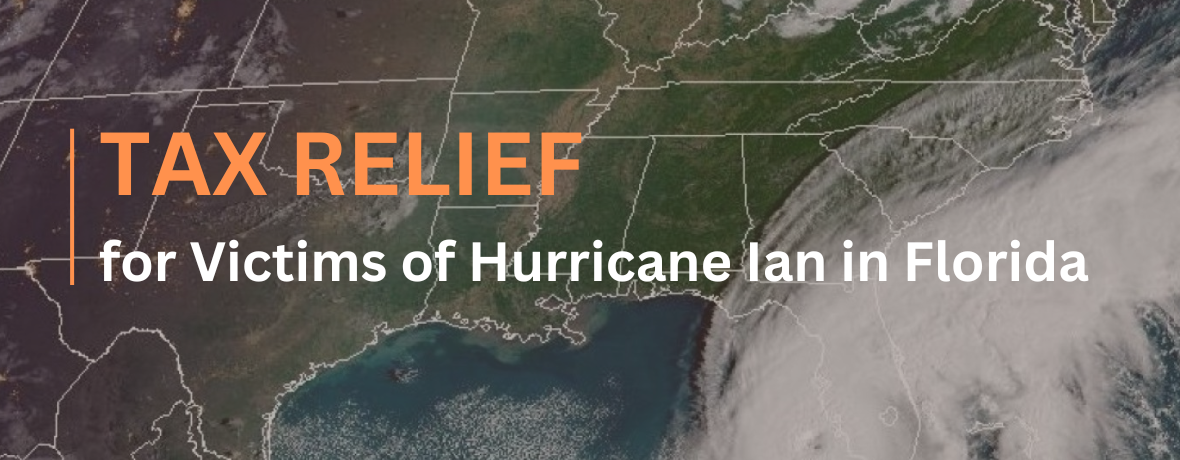A long-expected safe harbor allows the owner of a vehicle that is subject to the annual luxury car depreciation caps to claim depreciation deductions during each year of the vehicle’s regular recovery period, even though the 100-percent bonus depreciation is claimed in the year the vehicle is placed in service.
Without the safe harbor, the cost of a vehicle in excess of the first year cap ($18,000 for a vehicle placed in service in 2018) is recovered at a specified rate ($5,760 per year for a vehicle placed in service in 2018) beginning in the first tax year after the end of the vehicle’s regular recovery period.
Under the safe harbor, depreciation deductions after the first year are limited to the lesser of the applicable depreciation cap or depreciation computed using table percentages on the cost of the vehicle as reduced by the first-year cap.
Safe Harbor Example
A calendar year taxpayer purchases a vehicle in 2018 for $60,000. The vehicle is MACRS five-year property subject to the half-year convention. The vehicle is not exempt from the caps because its gross vehicle weight rating is 6,000 pounds or less.
Under the safe harbor—
The taxpayer’s 2018 100 percent bonus deduction is limited to the $18,000 first-year cap. The remaining basis for purposes of computing subsequent depreciation deductions is $42,000 ($60,000 – $18,000).
In 2019 the taxpayer deducts $13,440 ($42,000 × 32% second year table percentage) because this amount is less than the $16,000 second-year cap.
In 2020 the taxpayer deducts $8,064 ($42,000 × 19.20% third-year table percentage) because this amount is less than the $9,600 third-year cap.
In 2021 and 2022 the taxpayer deducts $4,838 ($42,000 × 11.52% fourth and fifth-year table percentage) because this amount is less than the $5,760 fourth and fifth-year cap.
In 2023, the last year of the vehicle’s recovery period, the taxpayer deducts $2,419 ($42,000 × 5.76% sixth-year table percent) because this amount is less than the $5,760 sixth-year cap.
At the end of 2023, the unrecovered basis of the vehicle is $8,401. That is the total of $8,401 of disallowed depreciation deductions. This amount is recovered beginning in 2024 at the rate of $5,760 per year. Thus, $5,760 is deducted in 2024, and $2,641 is deducted in 2025.
If the safe harbor did not apply, the taxpayer is allowed an $18,000 first-year deduction and must recover the remaining $42,000 basis at the rate of $5,760 per year beginning in 2024.
How to Elect the Safe Harbor
The election is made by using the safe harbor in the second year of the vehicle’s recovery period. At first glance this seems odd, but the safe harbor does not affect depreciation calculations until the second year of the recovery period. With or without the safe harbor, a taxpayer claiming 100-percent bonus depreciation in 2018 may only claim an $18,000 deduction.
Additional Safe Harbor Rules
The safe harbor only applies to taxpayers that claim 100-percent bonus depreciation. The safe harbor does not apply if a taxpayer expenses any portion of the vehicle under Code Sec. 179. A taxpayer electing the safe harbor must also use the depreciation table percentages. As usual, computational adjustments are made to reflect personal use of a vehicle and short tax years.
Vehicles Placed in Service After September 27, 2017
Note that a calendar-year taxpayer who acquired and placed a vehicle in service after September 27, 2017, and before January 1, 2018, will make the election on its 2018 return. The depreciation caps that apply for vehicles placed in service in 2017 are used when making the safe-harbor calculations.
If a taxpayer claimed a Section 179 deduction on a vehicle placed in service during this period, the safe harbor presumably could be elected if an amended return is filed to revoke the Section 179election, provided that the 100-percent bonus deduction is also claimed. For example, if an election out of bonus depreciation for five-year property was made for 2017 the safe harbor does not apply. If a taxpayer elected the 50-percent rate for its tax year that included 2017, the safe harbor would also not apply.
Effect on Other Guidance
This procedure amplifies Rev. Proc. 2018-25, I.R.B. 2018-18, 543, which provides the 2018 annual luxury car depreciation caps.
continue reading
Related Posts
More than three million residents are eligible for up to
The IRS has provided tax relief for victims of Hurricane
Resources: https://www.irs.gov/businesses/small-businesses-self-employed/virtual-currencies Virtual currency transactions are taxable by law just




